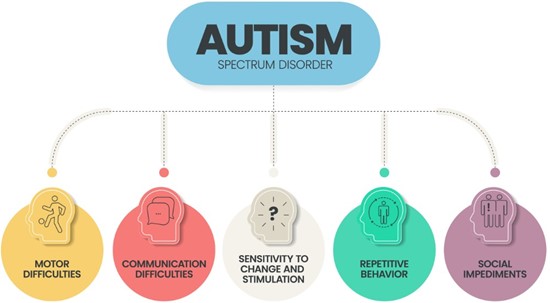A nurse is providing discharge instructions to a parent and their school-age child who has juvenile idiopathic arthritis.
Which of the following instructions should the nurse include?
Encourage the child to take a 45-minute nap daily.
Administer prednisone on an alternate-day schedule.
Allow the child to stay at home on days when their joints are painful.
Apply cool compresses for 20 minutes every hour.
The Correct Answer is B
Prednisone is a type of steroid medicine that helps decrease severe inflammation and is usually given for a short time while other medicines are started that can take longer to be effective.
Choice A is not an answer because there is no information available that suggests taking a 45-minute nap daily would be beneficial for a child with juvenile idiopathic arthritis.
Choice C is not an answer because it may not be necessary for the child to stay at home on days when their joints are painful.
Choice D is not an answer because applying cool compresses for 20 minutes every hour may not be the most effective way to manage pain and inflammation.
Nursing Test Bank
Naxlex Comprehensive Predictor Exams
Related Questions
Correct Answer is B
Explanation
Behavioral approaches have the most evidence for treating symptoms of Autism
Spectrum Disorder (ASD)1.
Applied Behavior Analysis (ABA) is a notable behavioral treatment for people with ASD that encourages desired behaviors and discourages undesired behaviors to improve a variety of skills.
A reward system for positive behavior is an example of an ABA technique.
Choice A is not correct because allowing for imaginative play with peers without supervision is not a recommended intervention for a child with ASD.
Choice C is not correct because providing a flexible schedule that adjusts to the child’s interests is not a recommended intervention for a child with ASD.
Choice D is not correct because allowing for adjustment of rules to correlate with the child’s behavior is not a recommended intervention for a child with ASD.

Correct Answer is A
Explanation
Isotretinoin has been associated with depression and other psychiatric side effects.
The client should report any changes in mood or behavior, including feelings of isolation, to the provider immediately.
Choice B is not an answer because while frequent nosebleeds can be a side
effect of isotretinoin, it is not the priority to report to the provider.
Choice C is not an answer because while back pain can be a side effect of isotretinoin, it is not the priority to report to the provider.
Choice D is not an answer because while itching of the skin can be a side effect of isotretinoin, it is not the priority to report to the provider.
Whether you are a student looking to ace your exams or a practicing nurse seeking to enhance your expertise , our nursing education contents will empower you with the confidence and competence to make a difference in the lives of patients and become a respected leader in the healthcare field.
Visit Naxlex, invest in your future and unlock endless possibilities with our unparalleled nursing education contents today
Report Wrong Answer on the Current Question
Do you disagree with the answer? If yes, what is your expected answer? Explain.
Kindly be descriptive with the issue you are facing.
